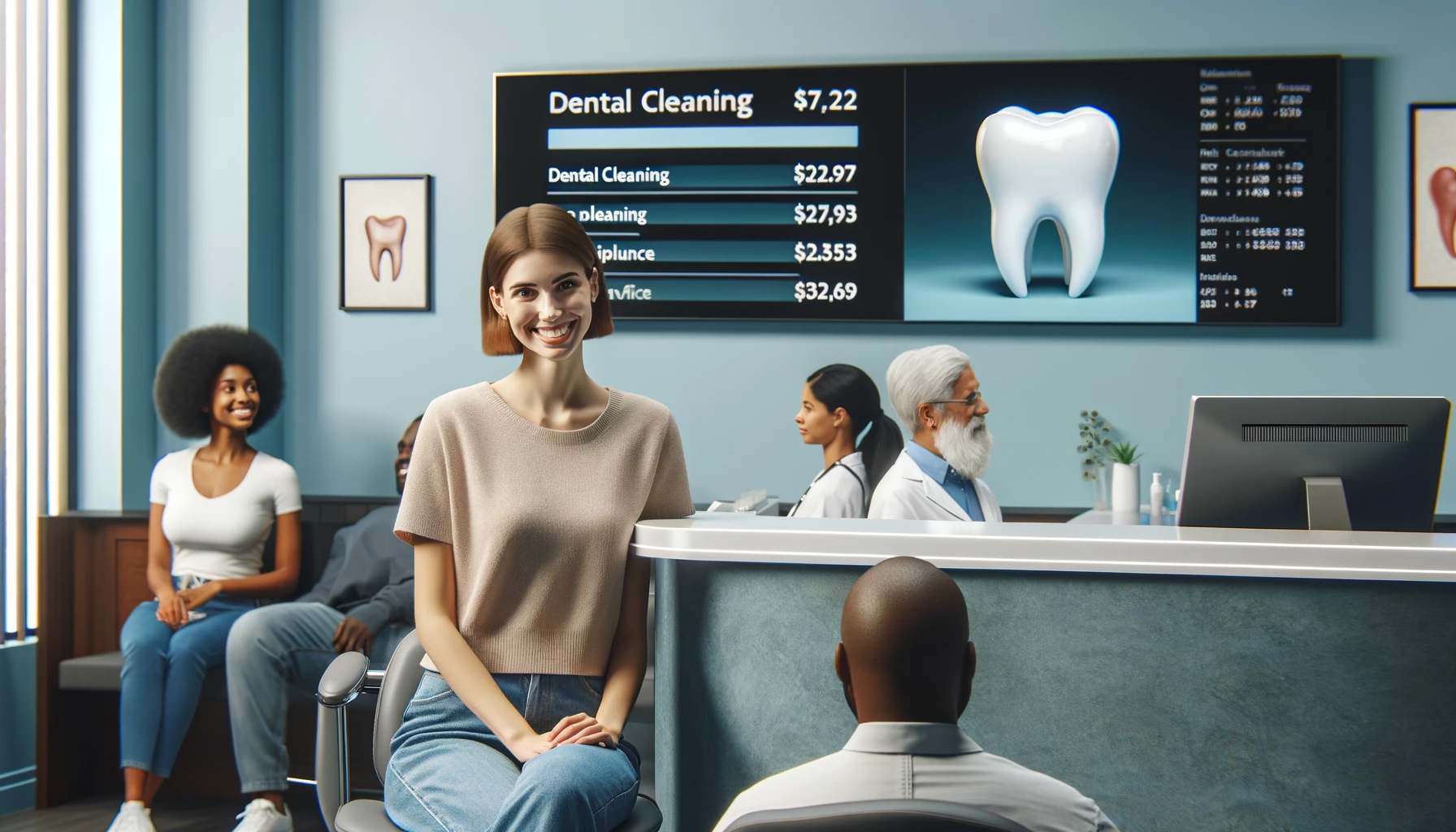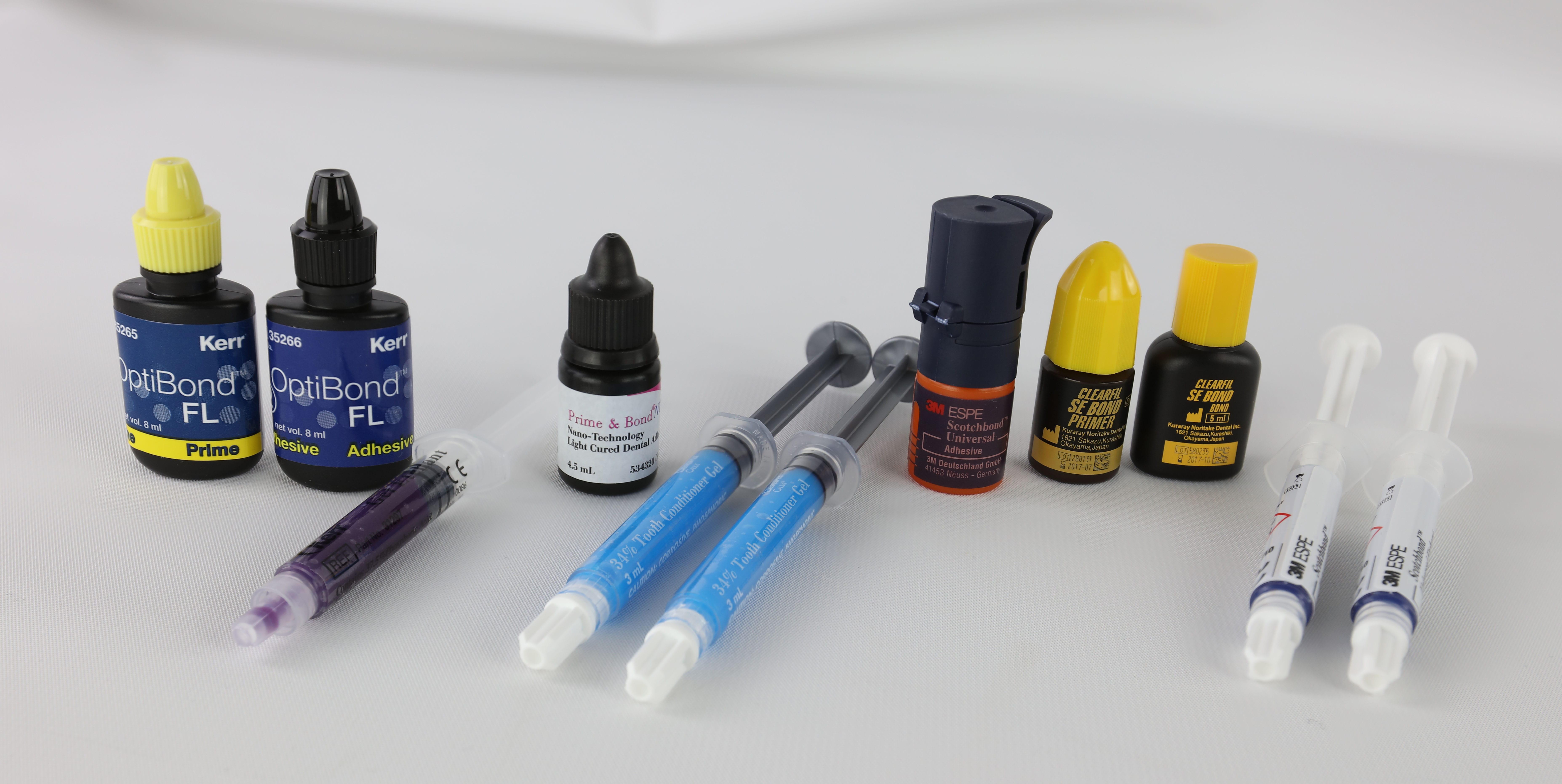Dental insurance is an essential aspect of healthcare that can significantly impact your overall well-being and financial stability. Understanding the costs associated with dental insurance, the various types of plans available, and the factors influencing these costs is crucial for making informed decisions. This comprehensive guide will delve into the average costs of dental insurance, explore different plan types, and discuss the factors that affect premiums, helping you navigate the often complex world of dental coverage.
Understanding Dental Insurance
Dental insurance is designed to help cover the costs of dental care, which can be substantial without insurance. It typically includes coverage for preventive services, basic procedures, and major treatments. By having dental insurance, individuals can manage their dental expenses more effectively and receive necessary care without incurring overwhelming costs.
Average Costs of Dental Insurance
The cost of dental insurance varies widely based on several factors, including location, plan type, and coverage levels. On average, individuals can expect to pay between $20 and $50 per month for dental insurance premiums. For families, the average monthly premiums can range from $50 to $150.
Monthly Premiums by Plan Type
| Plan Type | Average Monthly Premium |
|---|---|
| Dental Health Maintenance Organization (DHMO) | $10 – $30 |
| Dental Preferred Provider Organization (DPPO) | $20 – $50 |
| Dental Indemnity Plans | $30 – $60 |
| Dental Discount Plans | $10 – $20 |
These figures represent general averages; actual costs may vary based on individual circumstances and specific plan details.
Factors Influencing Dental Insurance Costs
Several key factors influence how much you will pay for dental insurance:
1. Coverage Level
The extent of coverage provided by a plan significantly affects its cost. Plans that cover a wider range of services or have higher annual maximums typically come with higher premiums.
Preventive Services: Usually covered at 100% (e.g., cleanings, x-rays).
Basic Procedures: Generally covered at 70-80%.
Major Procedures: Coverage typically around 50%.
2. Location
Geographical location plays a crucial role in determining dental insurance costs. Areas with higher living costs or healthcare expenses may see increased premiums. For instance:
Alaska has the highest average monthly cost at $50.
West Virginia has one of the lowest averages at $18.
3. Age
Age can also impact premium rates. Generally, older individuals may face higher premiums due to an increased likelihood of requiring dental treatments.
4. Plan Type
The type of dental insurance plan selected can lead to significant differences in cost:
DHMO Plans: Typically offer lower premiums but require members to choose a primary dentist within a network.
DPPO Plans: Provide more flexibility in choosing providers but usually come with higher premiums.
5. Family Size
Family plans tend to be more economical than purchasing individual plans for each member. However, adding family members increases the overall premium.
Types of Dental Insurance Plans
Understanding the different types of dental insurance plans is essential for selecting the right coverage for your needs.
1. Dental Health Maintenance Organization (DHMO)
DHMO plans require members to select a primary care dentist within their network who coordinates all care. These plans usually have lower premiums but offer limited flexibility in provider choice.
Pros:
- Lower premiums
- No deductibles for preventive care
Cons:
- Limited provider network
- Requires referrals for specialists
2. Dental Preferred Provider Organization (DPPO)
DPPOs provide a network of dentists but allow members to visit out-of-network providers at a higher cost. These plans are popular due to their flexibility.
Pros:
- Flexibility in choosing providers
- No requirement for referrals
Cons:
- Higher premiums compared to DHMOs
- Out-of-network services can be costly
3. Dental Indemnity Plans
Indemnity plans allow members to visit any dentist and pay upfront for services, submitting claims for reimbursement later. These plans often have higher out-of-pocket costs.
Pros:
- Freedom to choose any dentist
- No network restrictions
Cons:
- Higher upfront costs
- Complex claim process
4. Dental Discount Plans
These are not traditional insurance but rather membership-based programs offering discounted rates at participating dentists. Members pay an annual fee and receive discounts on services.
Pros:
- Lower annual fees
- No waiting periods or annual maximums
Cons:
- No actual insurance coverage
- Discounts vary by provider
Evaluating Dental Insurance Plans
When comparing dental insurance plans, consider several critical factors:
Premium Costs: Evaluate monthly payments against your budget.
Deductibles: Understand how much you’ll need to pay out-of-pocket before coverage kicks in.
Annual Maximums: Be aware of the yearly cap on benefits.
Exclusions: Review what services are not covered under each plan.
Tips for Finding Affordable Dental Insurance
Finding affordable dental insurance requires research and careful consideration:
Shop Around: Compare quotes from multiple insurers to find the best deal.
Consider DHMO Plans: If you don’t mind a limited network, DHMO plans can provide significant savings.
Evaluate Deductibles: Opting for a higher deductible may lower your monthly premium.
Look for Discounts: Inquire about discounts for annual payments or bundling with other types of insurance.
Utilize HSAs or FSAs: If eligible, use Health Savings Accounts or Flexible Spending Accounts to save on tax-free dollars for dental expenses.
The Future of Dental Insurance Costs
As we move into 2025 and beyond, several trends may influence dental insurance costs:
Rising Healthcare Costs: The overall increase in healthcare expenses is likely to affect dental premiums as well.
Increased Demand for Services: As awareness about oral health grows, more individuals may seek dental coverage, potentially driving up demand and prices.
Technological Advances in Dentistry: Innovations could lead to more efficient treatments and potentially lower long-term costs.
Conclusion
Understanding how much dental insurance costs involves navigating various factors like coverage level, location, age, and plan type. With average monthly premiums ranging from $20 to $150+, it’s crucial to evaluate your options carefully to find a plan that fits your needs and budget.
By considering different types of plans and their respective benefits and drawbacks, you can make informed decisions about your dental health coverage. Investing in dental insurance not only helps manage costs but also ensures access to necessary care that promotes long-term oral health.
As you explore your options in 2025 and beyond, remember that thorough research and comparison shopping are key strategies in finding affordable dental insurance that meets your unique needs while providing peace of mind regarding your oral health expenses.














